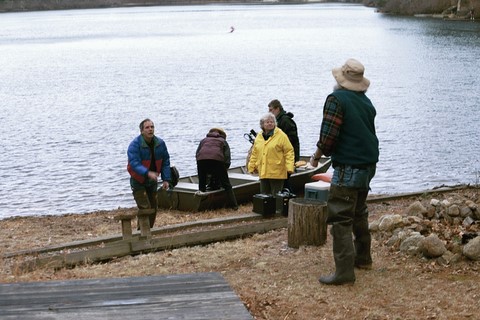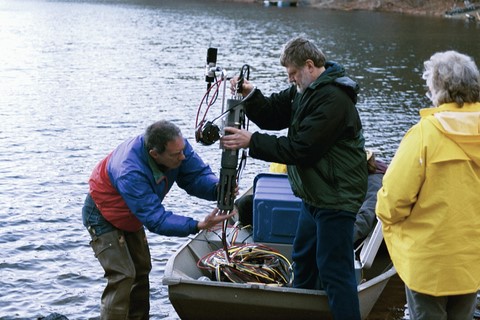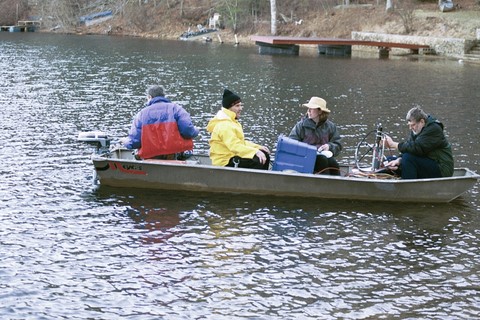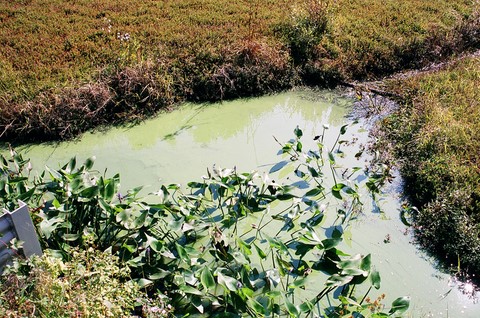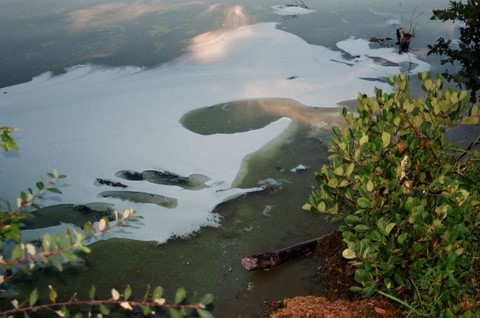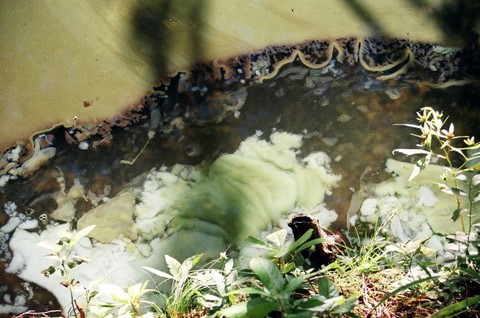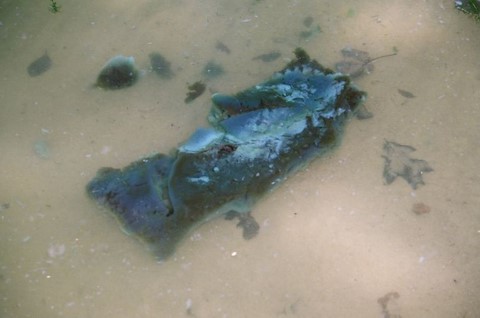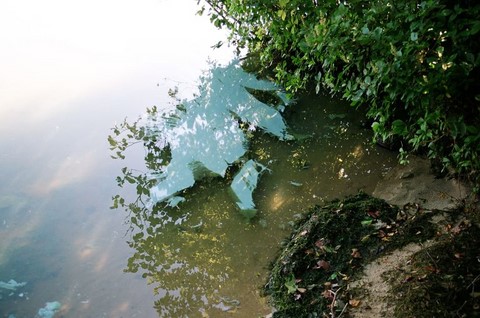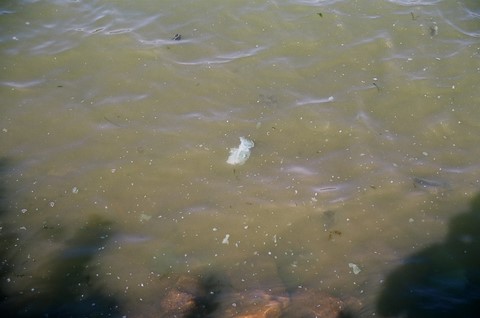2002 to 2006
Water Samples Collected by Six Ponds Volunteers
From 2002 through 2006, the Six Ponds organization collected water samples more often each year and from more locations in each pond than it had in earlier years, and this amount of data was sufficient to identify some consistencies and some trends.
Other Studies Conducted during this period
Town of Plymouth-- Plymouth-wide testing in 2002 and 2003
(National Water Quality Day)
The summer-long study of Halfway Pond in 2003 focused on water that flowed from the cranberry bogs around the pond. Phosphorus readings in the water flowing from the bogs ranged from 3 to 4 times to more than 10 times the critical eutrophic level of .03.
The Town of Plymouth testing in 2002 and 2003 included all six of our ponds. Halfway Pond and Little Long Pond were the only ponds in this study where all of the Phosphorus readings were above the critical level. The study indicated that both of these ponds were in trouble.
Halfway Pond was the only one of our Six Ponds included in the 2002 Pond Watchers study, and all of the Phosphorus readings for Halfway Pond were above the critical level of .03. This again indicated that this pond was in trouble.Re-examination of Two Baseline Studies from the 1970s
In 2005, the earlier studies of Halfway Pond and Little Long Pond from the 1970s were reexamined in light of the fact that there had been serious recurring algae and pond weed problems in Halfway Pond and Little Long Pond during this period.
Other observations (algae and pond weed)
In 2002, algae and pond weed problems were particularly bad in both Halfway Pond and Little Long Pond. The situation observed in Halfway Pond is described in the above link.
However, it should be apparent from the discussion of these 2 ponds in the previous section that the reasons for these problems are very different from one another and that the solutions must also be very different.
__________________________________________________________
